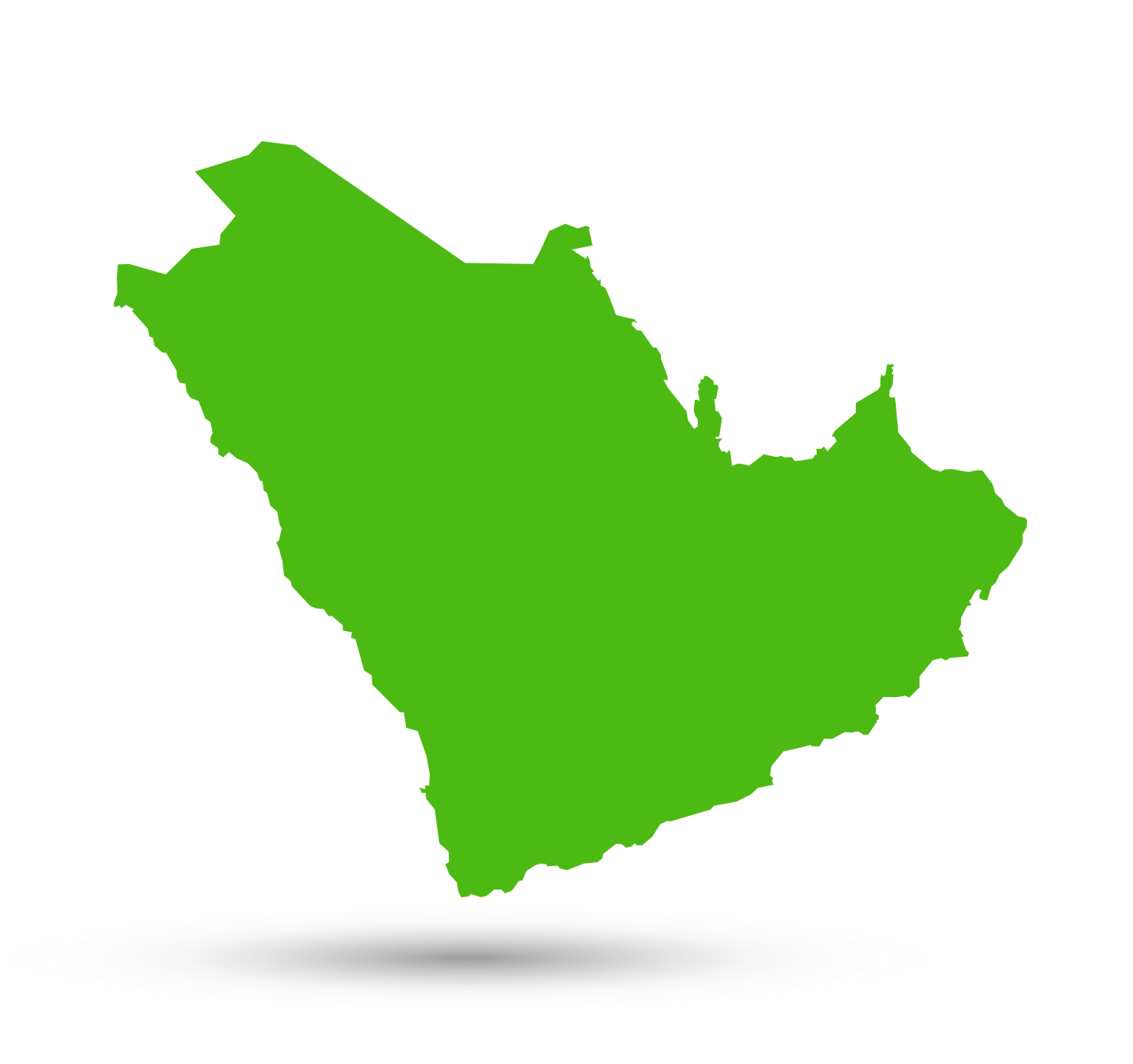DUBAI — A recent study outlined the devastating and undisclosed water footprint of large artificial intelligence (AI) models like ChatGPT on the world’s environment. The impact of this would be a great concern for the future of the Middle East and North Africa, the world's most water-scarce region.
This is a factor that companies like Dubai Electric and Water Authority (DEWA) — which said in February that it plans to use ChatGPT in its offerings — need to consider in the United Arab Emirates (UAE), one of most water-scarce countries in the world. Other highly water-scarce countries in the region plan to use ChatGPT on a large scale and face similar risks.
The amount of water needed to cool down computational processes of advanced AI-powered language learning models (LLM) like GPT-3 and GPT-4 is massive and also “kept as a secret,” according to the April 2022 report “Making AI Less ‘Thirsty’: Uncovering and Addressing the Secret Water Footprint of AI Models,” by UC-Riverside and UT-Arlington researchers.
The report estimated that OpenAI’s ChatGPT, which gives automated answers to almost any question asked, needs to drink a 500-milliliter bottle of water for every 20 to 50 questions and answers exchanged. More advanced models like GPT-3 and GPT-4 are said to consume even more.
This adds up if used on a large scale and corporate level. Training GPT-3 in Microsoft’s US data center can consume 700,000 liters (185,000 gallons). This is the same amount of water needed to cool machines producing 370 BMW cars or 320 Tesla electric vehicles, the report stated.
Middle East impact
Edurne Gil de San Vicente, program director at the Dubai-based nongovernmental organization Water Alliance, said the MENA region faces the same issue of not disclosing water usage data publicly, given that for most companies there is no legal obligation to do so.
“You have some big corporations starting to talk about the amount of water they use for cooling, but [they] do not mention the secondary water sources that have been used in the production of the electricity,” she said, so it's very difficult to quantify the impact.
“We don’t need to wait for large-scale use of advanced AI models,” Gil de San Vicente added. “This is already happening now, and we can see the impact.”
MENA is the most water-scarce region globally, according to the World Bank, given its hot climates and low water resources. It’s also a hotspot of unsustainable water use, with 82% of wastewater not recycled. Oman is an exception, reusing 78% of its wastewater.
In addition, many regional countries rely on large-scale air conditioning systems and desalination plants for freshwater, which require enormous amounts of energy and therefore water to operate, exacerbating an already bad situation.
The future outcome of this, according to the World Bank, is that the region is expected to see economic losses from climate-related water scarcity equivalent to 6-14% of gross domestic product (GDP) by 2050.
The World Resources Institute, a global nonprofit organization, places regional countries in nine out of the 10 positions for the most water-stressed countries globally.
1. Qatar
2. Israel
3. Lebanon
4. Iran
5. Jordan
6. Libya
7. Kuwait
8. Saudi Arabia
9. Eritrea
10. United Arab Emirates
The future is fluid
Although in the early stages, government requirements for disclosing environmental, social and corporate governance (ESG) data in MENA are slowly being adopted.
Gil de San Vicente said the UAE and Saudi Arabia are leading in this respect, but there is a long way to go to incorporate universal and systemic sustainable practices in the region.
“With regards to ESG data in the UAE, mandatory reporting has been enforced by decree for listed companies in the Abu Dhabi Security Exchange (ADX) and in the Dubai Financial Market (DFM),” she told Al-Monitor, adding that this does not include all sectors and small and medium enterprises.
In 2021, the UAE set the goal of reaching net-zero emissions by 2050, claiming to be the first in the region to establish this type of strategy. The country is also hosting the 28th edition of the United Nations Conference of the Parties (COP28) in Abu Dhabi this year. Egypt hosted the climate action event COP27 the year before in Sharm El-Sheikh.
Actions like these are helping to build awareness that is encouraging research and development along with more investment in better corporate sustainable practices.
The UAE announced its record-breaking green data center, or energy-sustainable data center, in February of this year. The Moro Hub, created by the digital arm of DEWA, is the largest solar-powered data center in the world, according to Guinness World Records.
The Middle East and Africa green data center market accounts for around 10% of the global market, according to the “Middle East and Africa Green Data Center Market - Industry Outlook and Forecast" 2022-2027 report.
This is low when compared globally, according to the report, but through investment and more the region is expected to reach a value of $1.58 billion by 2027 from $690 million in 2021.
This takes place as major cloud service providers are expected to expand their presence in the region during the forecast period mentioned in the report. For example, Microsoft announced its intent to invest in a new cloud data center in Saudi Arabia at the February LEAP technology conference in Riyadh.
The kingdom is also exploring electricity-free cooling using salt and sunlight in a process that is currently under development at the King Abdullah University of Science and Technology.


.jpg?h=484aaada&itok=l9O0K7bm)





